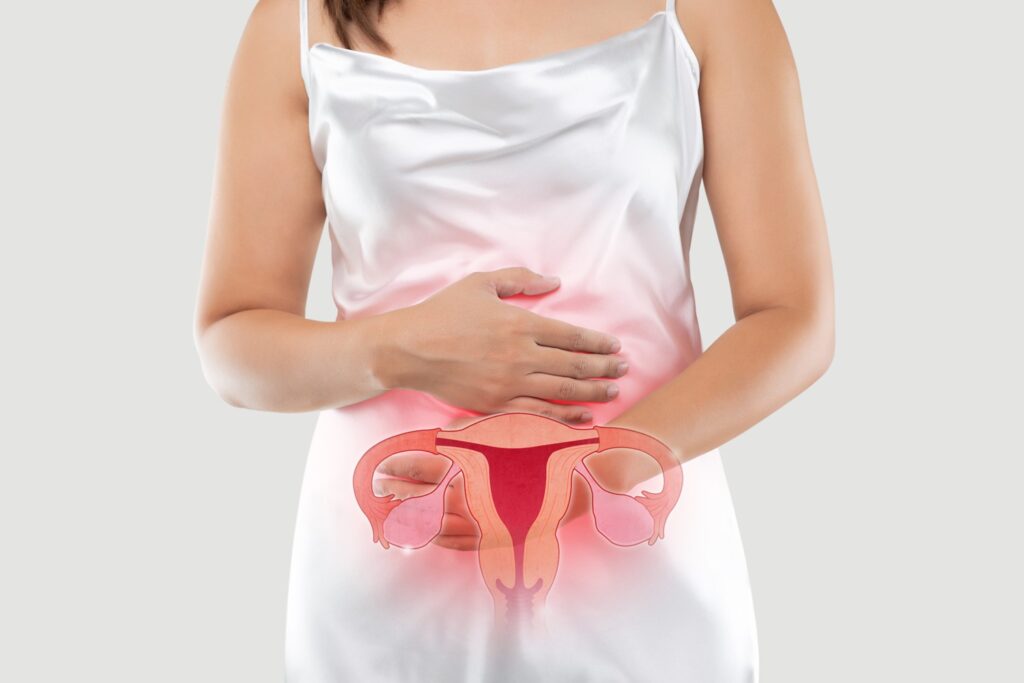Hysteroscopy is a medical procedure that allows doctors to examine the inside of a woman’s uterus using a hysteroscope, a thin, lighted instrument. It is typically performed to diagnose and treat conditions that affect the uterus, such as abnormal bleeding, polyps, fibroids, or infertility. If you’re scheduled for a hysteroscopy or considering it, here’s what you need to know:
• Types of hysteroscopy: There are two main types of hysteroscopy: diagnostic and operative. Diagnostic hysteroscopy is used to look inside the uterus and identify any abnormalities, whereas operative hysteroscopy involves inserting small instruments into the uterus to perform surgical procedures, such as removing polyps or fibroids.
• Procedure: Hysteroscopy is usually performed in an outpatient setting, which means you won’t need to stay overnight in the hospital. The procedure typically takes between 20 to 45 minutes to complete and is done using local or general anesthesia. The hysteroscope is inserted through the cervix and into the uterus, and a fluid is used to expand the uterus for better visualization.
• Risks: Hysteroscopy is a safe procedure, but as with any medical intervention, there are some risks involved. These may include infection, bleeding, perforation of the uterus or cervix, and adverse reactions to anesthesia. However, these complications are rare and usually minor.
• Recovery: After a hysteroscopy, you may experience some cramping or light bleeding for a few days. You’ll need to avoid sexual intercourse, using tampons, or douching for at least a week after the procedure. You should also follow your doctor’s instructions regarding any pain medication or antibiotics you may need.
• Results: The results of a hysteroscopy will vary depending on the purpose of the procedure. If it was diagnostic, your doctor will be able to identify any abnormalities and recommend further tests or treatments as necessary. If it was operative, you may experience relief from symptoms such as heavy bleeding or pelvic pain.
• Follow-up: Your doctor will schedule a follow-up appointment to discuss the results of the hysteroscopy and any further treatment that may be required. You should also contact your doctor if you experience any unusual symptoms, such as fever, heavy bleeding, or severe pain.
Hysteroscopy is a safe and effective procedure that can help diagnose and treat a range of conditions that affect the uterus. By understanding the types of hysteroscopy, procedure, risks, recovery, results, and follow-up, you can feel more confident and informed about this medical intervention.



